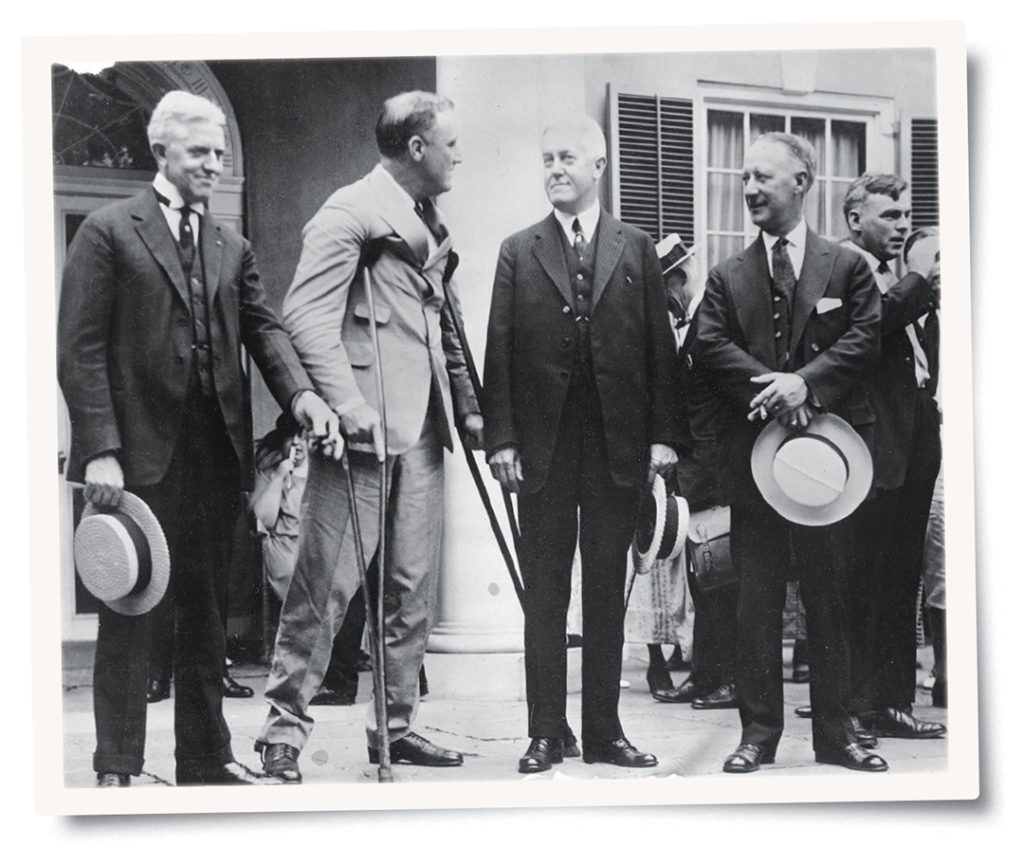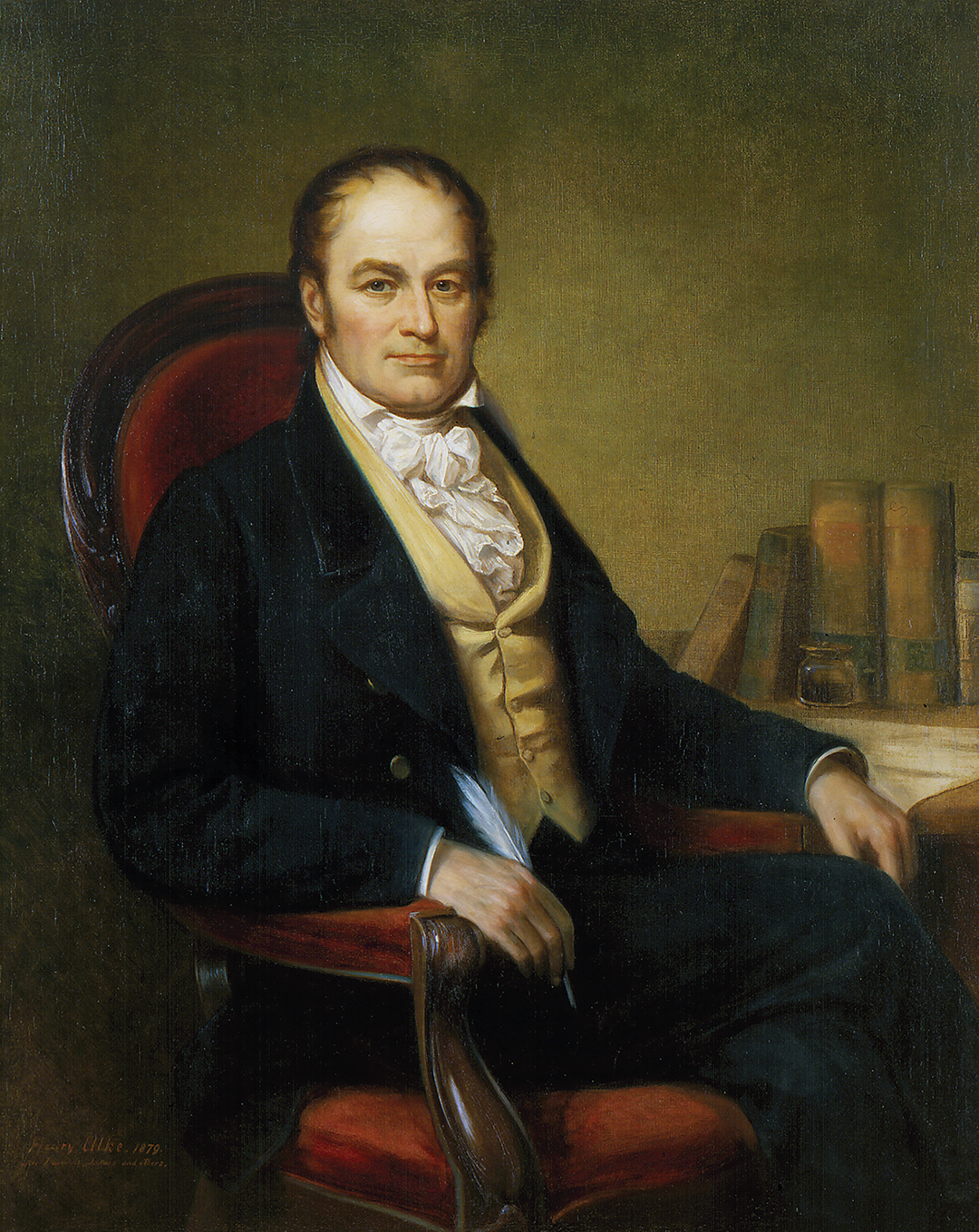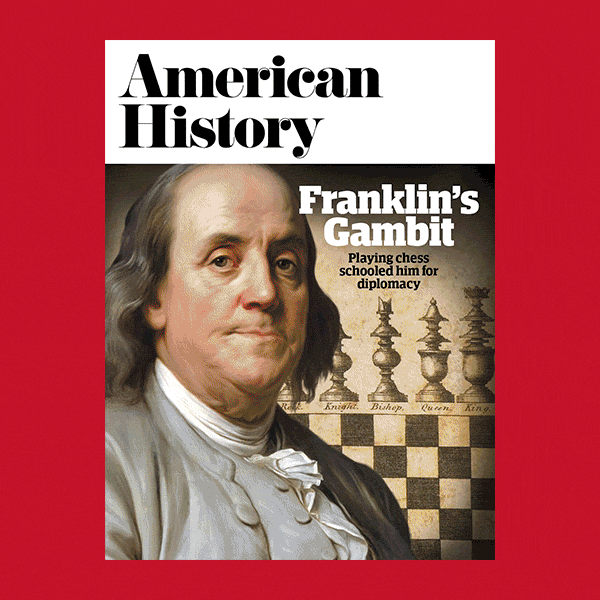On May 13, four days before the 2022 Pennsylvania primaries, John Fetterman, the lieutenant governor running for the Democratic Party’s senatorial nomination, suffered a stroke. Fetterman won his primary by a huge margin, and took a lead in the polls against the GOP winner, Mehmet Oz. But he did not appear in public to campaign until October, and when he did, his speech was choppy and halting. Even a friendly review of Fetterman’s performance in his lone debate with Oz conceded that “while his overall points were intelligible, it was at times genuinely difficult to understand some of his sentences.”
Fetterman was not the first American with a disability to run for office. A candidate’s ailment can be the thing that sinks him, or a mark of his gumption, as shown by the sudden onsets of paralysis that afflicted two presidential candidates, one in the 19th century, and one in the 20th.
As James Monroe, last of the “Founding Fathers” presidents, neared the end of his administration (1817-25), a pack of younger men, all belonging, like him, to the first Republican Party, panted to succeed him: John Quincy Adams, his Secretary of State; John Calhoun, his Secretary of War; Henry Clay, Speaker of the House; and Andrew Jackson, the hero of New Orleans during the War of 1812.
The favorite of the field, though, was William Crawford. Handsome, tall, with a receding hairline that gave him gravitas, Crawford had served as a senator from Georgia and as a diplomat. In 1816, he had challenged Monroe for the Republican nomination, standing down at the last minute and accepting the job of Treasury Secretary instead on the grounds that he was young enough to wait. He spent the Monroe years scheming to undermine his rivals. Adams, in a sour diary entry, called Crawford “a worm preying upon the vitals of the administration within its own body.” Ex-presidents Thomas Jefferson and James Madison liked the worm, however, welcoming him on visits to Monticello and Montpelier as if anointing the heir apparent.
Then, in the fall of 1823, disaster struck. Medicine that Crawford took to cure a skin condition instead brought on a stroke. At first he could not speak, see, or move his limbs; Cabinet-level discussions of what would become known as the Monroe Doctrine proceeded without his input. Over time, Crawford’s condition improved, but progress was slow. In the new year, his supporters called for a caucus in Washington, D.C., of Republican senators and representatives to pick their party’s next presidential candidate. This was the system that had been used to select nominees for a generation. But Crawford’s rivals, sensing his vulnerability, stayed away and denounced the custom as “king caucus.” Crawford won the poll of the rump that showed up, but it was a hollow victory.
A century later, Franklin Roosevelt was considering his own White House run. His fifth cousin (and wife’s uncle) Theodore had brought the office into the family. Franklin himself, after a term in the New York Senate and eight years as undersecretary of the Navy, filled the veep slot on a Democratic ticket swamped by the GOP tsunami of 1920. Even this loss earned Roosevelt points as a show of party loyalty in hard times. But his rise was halted the following summer when, during a vacation cruise in the Bay of Fundy, he suddenly lost sensation in his legs. Decades before the Salk vaccine, he had contracted polio.
Roosevelt found that by using upper body strength he could swing himself across short distances on crutches, and stand with the help of leg braces to give a speech. But despite years of physical therapy and hot spring baths, he never recovered control of his limbs. His mother, Sara, wanted him to retire to the family estate at New York’s Hyde Park and live the life of a permanent patient. But his advisers, his wife Eleanor, and Roosevelt himself were determined he stay in public life. At the 1924 Democratic Convention, he nominated New York Governor Al Smith for president, hailing him as “the Happy Warrior of the political battlefield.” His game hobble to the mic and his gallant smile made the nickname apply to himself. When he ran to succeed Smith as governor four years later, Smith dismissed concerns about his health by saying “a governor does not have to be an acrobat. We do not elect him for his ability to do a double back flip.”

In the 1824 cycle, Crawford’s support slipped as the election approached. With the Republican Party unable to agree on a candidate, it was every man for himself. Since none of the contestants won a majority in the Electoral College, the House of Representatives picked the winner from among the top three finishers. Crawford made the cut, behind Jackson and Adams. But on the eve of the House vote a friendly kibitzer wrote that even Crawford’s supporters were concerned by the state of his health. He could walk and talk again, and see well enough to play cards without spectacles. Yet his liabilities were “but too evident….I will not express a confidence which I do not feel.”
The tension wore Crawford to the breaking point. One winter day, he went to the White House to discuss with lame-duck Monroe the appointment of customs collectors. When he and the president disagreed, Crawford, cracking, swung up his cane and called Monroe a “damned infernal old scoundrel.” Monroe grabbed the fireplace tongs to defend himself and threatened to ring for the servants to throw Crawford out. Crawford blurted an apology, and left, never to see Monroe again.
When the House met to pick Monroe’s successor in February 1825, Adams won on the first ballot.
Roosevelt won the New York governor’s race in 1928, and was re-elected two years later. In 1932, in the depth of the Depression, he won the Democratic nomination for president, and carried 42 of 48 states. He would go on to win the White House three more times.
Why did Roosevelt succeed where Crawford failed? Crawford had strong rivals able to take advantage of his travails, while Roosevelt faced a GOP blasted by economic catastrophe. But the key difference was their differing disabilities. Crawford’s stroke left him blind and mute as well as immobile, and while he recovered in great part, he was never again 100 percent. As a sympathetic biographer admitted, his “intellect never regained its full tone and power.”
Roosevelt’s paralysis was total, but his mouth, his mind, and his charm were unaffected. A forgiving press never showed him wheelchair bound; eloquence, savvy and will did the rest.
John Fetterman won his senate race, 51 percent to 46.5 percent. Like Roosevelt, he was lucky in his opponent—Mehmet Oz was a TV doctor making his maiden political race. Unlike Crawford or Roosevelt, Fetterman was running for the Senate, not the White House. There are 100 senators, whose job is to vote and advise. There is only one president, who must govern and lead. Voters are more forgiving of would-be solons than candidates for Mount Rushmore. Fetterman also had 21st century science to his advantage: He used voice recognition technology to make up for his impaired hearing, and enough voters were assured by his conviction that he could, and therefore would, recover.
Medical tech can win offices, but office-holding is not for the weak. Young presidents—Carter, Clinton, George W. Bush, Obama—all step down with gray hairs. Good luck to Sen. Fetterman.
historynet magazines
Our 9 best-selling history titles feature in-depth storytelling and iconic imagery to engage and inform on the people, the wars, and the events that shaped America and the world.







